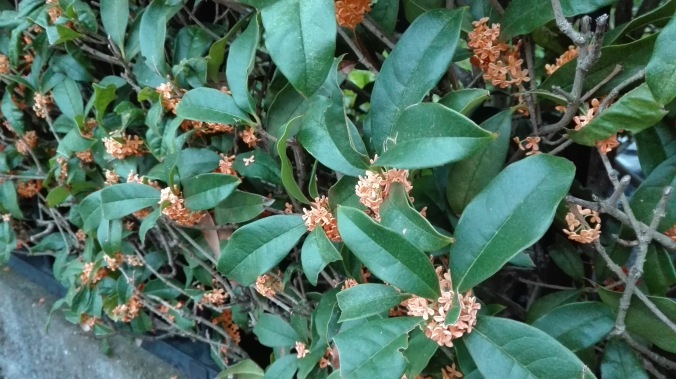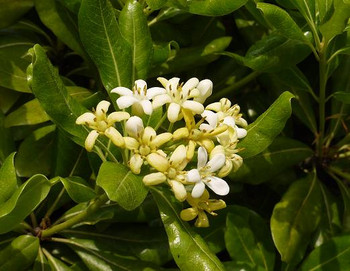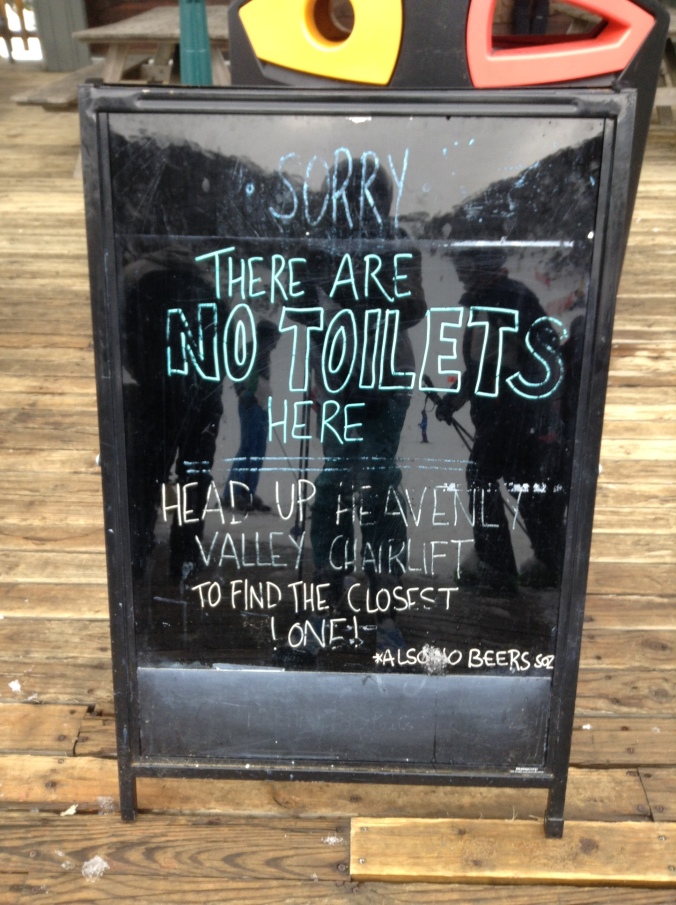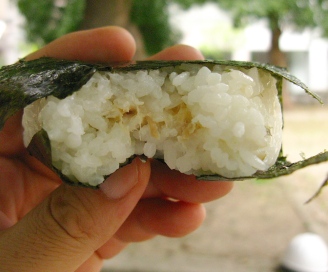I was just looking through old posts, thinking, man I need to write more, and I found this one that I wrote last year when I was still working in the kindergarten.
—– sometime in 2017 —–
These days, I’m surrounded by pregnancy. I’m at the age where all my school and uni peers seem to be posting pregnant-and-or-baby things on Facebook. I work in a kindergarten that also takes kids from the age of 1, and the attached childcare facility takes babies from 2 months old.
Only this weekend did I learn that in Japan, they consider a human pregnancy to be 10 months and 10 days long.
I will admit that I’ve been watching the ‘asadora’ (morning serial drama) Mare, about the life and career of an aspiring pastry chef, and enjoying it in all its soppy silliness until I got too invested in the last couple of episodes. Ok, ok, that’s not the first time I got annoyed with it. *Spoiler alert* I got annoyed when the main character turned down an apprenticeship in France – a rite of passage for any serious dessert chef in Japan – to go and support her husband because he was in over his head at work. Even though he and everyone else told her to go to France. That annoyed me, but it was fitting with the character and made for good drama so I let it pass. Thinking about it now, it still grates.
This episode, yesterday, though… a character finds out on New Year’s Day that she’s pregnant, at the hospital (what sort of Japanese hospital is open on New Year’s Day? Maybe they went to emergency?). They tell her she’s 3 months pregnant and the baby is due in August. But… if she’s 3 months pregnant, that means the baby must have been conceived in late September or early October, yes? So the pregnancy is expected to be over 10 months long!?
I asked this of my Japanese companion, who responded, yep, 10 months and 10 days, everyone knows that.
Naturally I Googled it. Wiki and the rest of the internet when you Google it in English on Australian Google (look, it knows I’m Australian, I don’t deliberately go to Google Australia) claims that it’s 40 weeks on average, but anywhere from 37 to 42 weeks is not unusual. 42 weeks is 9.66 months.
Where did you pull ’10 months, 10 days’ from, Japan?
Well. A couple of blogs, Japan Explained and this English forum, say that it’s probably for a couple of reasons, being 1. counting on a lunar calendar for this instead of a usual Western calendar and 2. counting the pregnancy from the first day of the last period, as in, the period that last happens before the pregnancy has occurred. I guess it’s like how Koreans say they’re already 1 when they’re born.
I haven’t had any pregnancies/children of my own at this point, so I can’t discuss this with any first-hand knowledge, but from what I’ve heard, Japan is a bit old-fashioned with some strange beliefs when it comes to the having of and caring for children and the way women should do it – and yes, specifically women.
Common beliefs include that pregnant mothers should keep their feet warm at all times. This means they have to wear socks at all times, including in the height of summer. Expectant mothers seem to be often encouraged to rest rather than exercising, even if the pregnancy is going fine. One mother I know was told by her doctor to stop cycling. She did stop cycling to her doctor’s appointments.
I’ve heard stories about a women having to give birth with their feet up in stirrups, which is pretty outdated. I know a woman who had twins and was only allowed to see them for 2 hours a day for the first few days. I’ve heard of a Japanese woman who was shocked to hear of epidurals when an American explained it to her. However, I can also vouch for some of the high-tech equipment that’s used in some clinics. There’s a gynaecologist’s chair that’s like a dentist’s chair: it moves and puts you in the easiest position for the doctor to do what they need to do.
———-
Doing some research for this post, I found an interesting not-quite-horror story – thanks to a lot of work on the part of the parents – of an American-Japanese couple going through pregnancy and childbirth in Japan. It’s well written and worth checking out.
And I enjoyed this Japan Times article that’s a what-to-expect guide for pregnancy and birth in Japan. It came out a couple of years ago now but it’s a great read. I think it’s the reason I didn’t publish this post when I wrote most of it a year or so ago.























